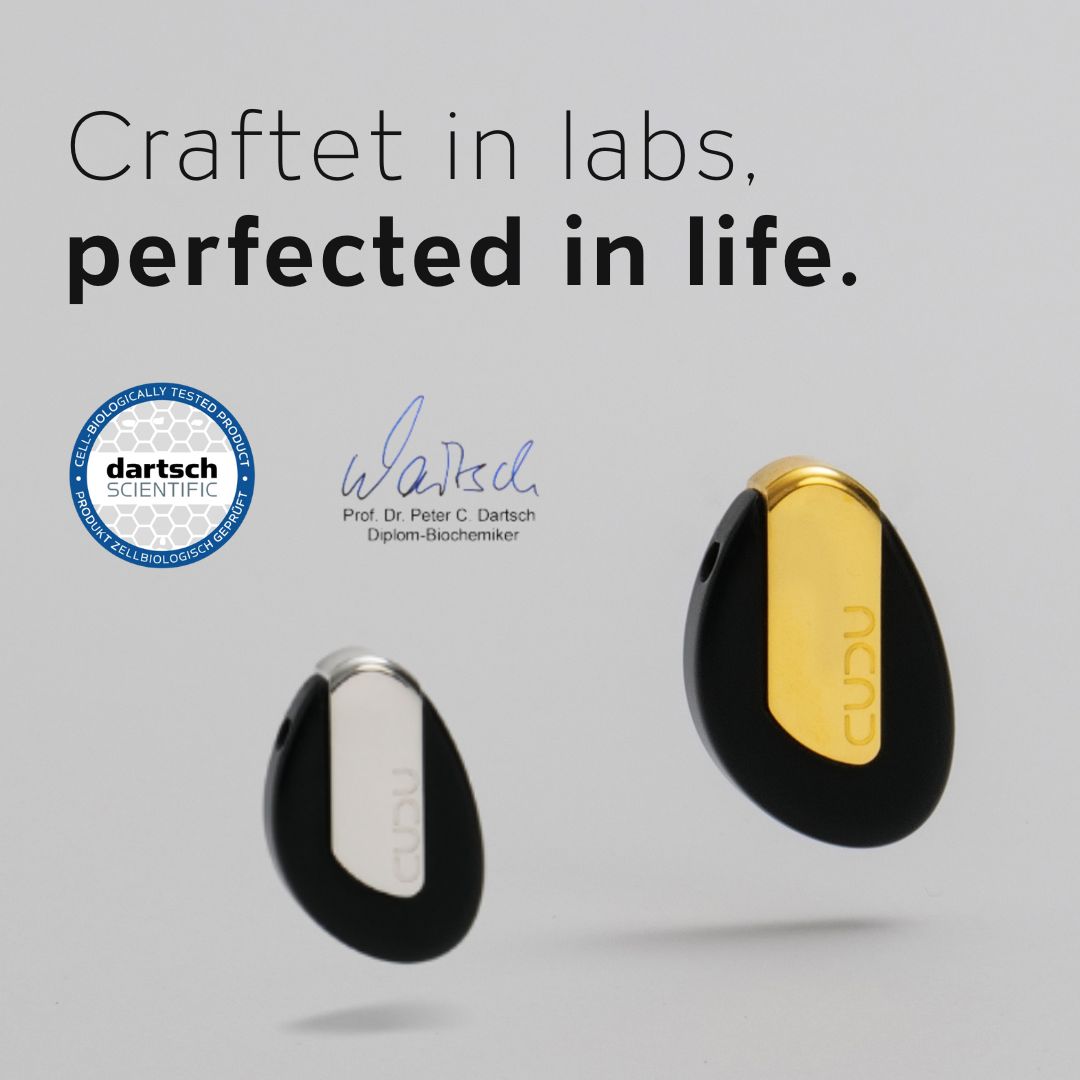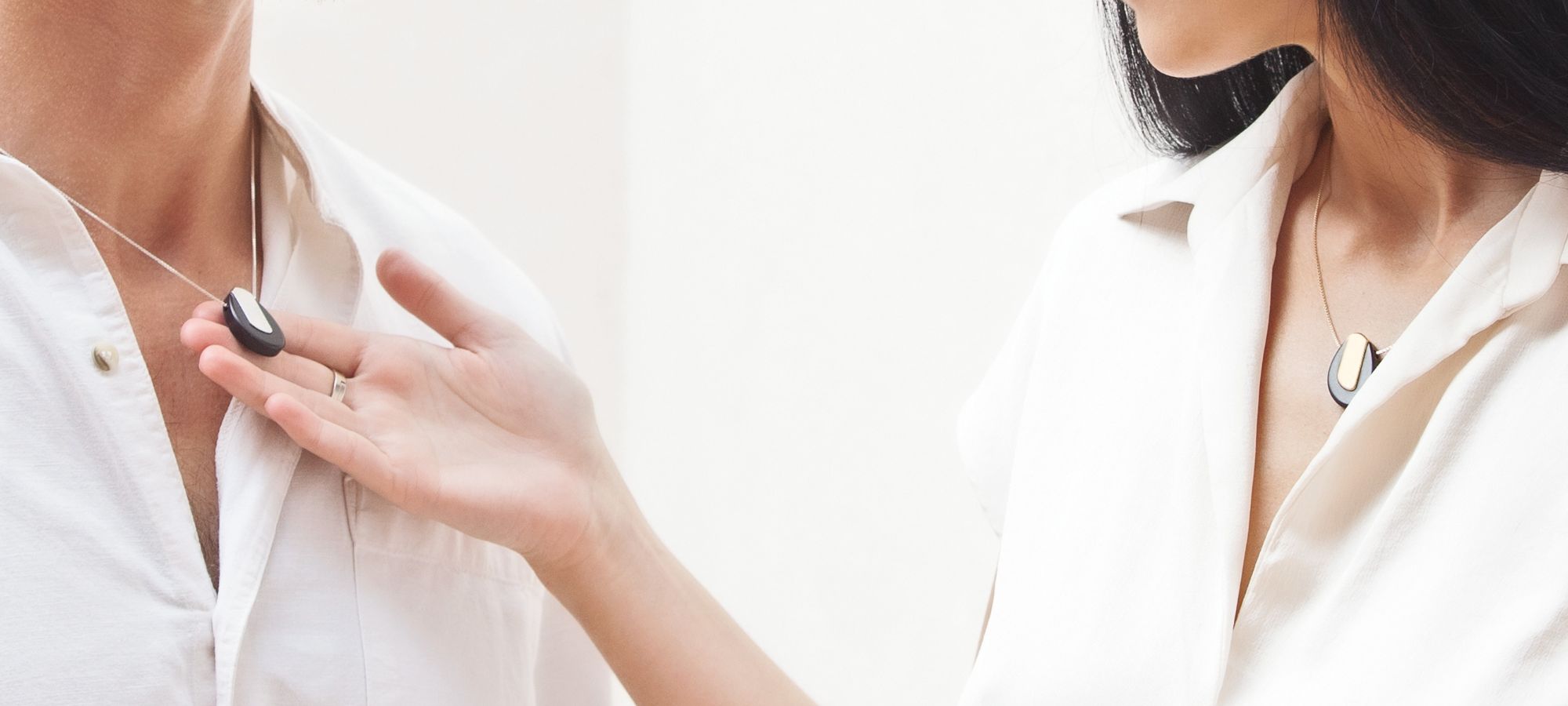Dartsch Scientific Institute for cell biological test systems
Preliminary investigations with organ-specific cell cultures (connective tissue fibroblasts)
Background and question
Lt. According to the manufacturer, “(the CUDU® NI PRO) increases the energy capacity and has a strongly revitalizing effect”. Based on this, this study used cultured intestinal epithelial cells and cells that mediate inflammation to investigate whether the CUDU® NI PRO has demonstrable beneficial effects at the cellular level using current scientific methods.
Investigated cellular parameters
(1) Cell vitality after 24 hours in mouse connective tissue fibroblasts (cell line L-929; standard cell line used by cell biologists for toxicological and pharmacological studies as well as biocompatibility studies)
(2) Cell and energy metabolism in connective tissue fibroblasts
(3) Regeneration in connective tissue fibroblasts
(4) Environmental/environmental oxidative stress in connective tissue fibroblasts
(5) Endogenous oxidative stress caused by cells that mediate inflammation (neutrophil granulocytes). For this purpose, human promyelocytes were used, which were differentiated into functional neutrophils over several days by adding dimethyl sulfoxide. In an induced oxidative burst, these cells produced superoxide anion radicals, which can damage cells.
Results
(1) Increase in cell vitality by 6% compared to the untreated control.
(2) Increase in cell metabolism by 27% compared to the untreated control.
(3) Increase cell regeneration by over 20% .
(4) Reduction of the effect of environmental oxidative stress by 23% compared to the untreated control.
(5) Reduction of radical formation by inflammatory cells by 25% compared to the untreated control.
conclusion
The cell biological results show a very homogeneous picture of the beneficial effects of the CUDU® NI PRO. What is particularly noteworthy , however, are the very good results in the areas of cell metabolism, cell regeneration and inactivation of excess exogenous and endogenous radicals (oxidative stress).





